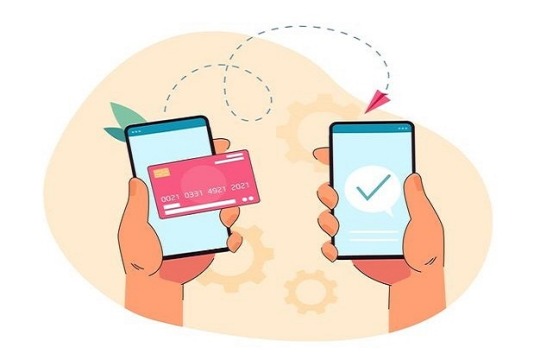Details about Integrating with an Online Payment System
by Sahil Verma SIFIPAYIf you intend to open an online store, you will need to choose a payment method sooner or later. This includes not only selecting payment methods via an online payment gateway to help your business grow by allowing customers from all over the world to buy but also selecting the best way to integrate.

The most popular integration mechanisms are:
API (Application Programming Interface) integrations
Using a ready-made payment form created by your payment gateway
Integrating through plugins created by popular shopping platforms
API – The do it yourself method
If you're an IT whiz, are familiar with various integrations, or are surrounded by programmers who do everything for you, API is the way to go. It is not only necessary to integrate with the best payment gateway, but also to create a payment form for your website where customers can enter their payment information. Remember that this type of integration will take time, which raises the cost of implementation.
There are numerous benefits to using API. For example, a well-designed payment form within the store can significantly increase sales conversion. Making sure that your customers aren't redirected to other websites when they're paying, creating only the boxes that are required to fill out, and limiting the payment process to only the necessary steps ensures that customers won't abandon their carts, and even more so – that they'll want to return for more purchases.
Using API typically comes with a few strings attached, such as the fact that having an SSL certificate is required for domains where payments are accepted, as well as a security certificate (PCI-DSS/SAQ A).
Payment Form
If your IT team is small or inexperienced, or if you are unfamiliar with programming, a payment form is an ideal solution. Ready-made payment forms reduce developers' work to a bare minimum, and successfully integrating a payment form does not require extensive programming experience. However, keep in mind that the configuration of this type of form is limited.
Integrating usually entails simply redirecting to a payment gateway's website with the appropriate parameters such as amount, currency, transaction description, return address, and, in some cases, a security code. When a payment is completed, the customer is returned to your website. All that remains for the web store owner to do is ensure that the customer has been redirected to the correct location.
Plugins
If you're building a store on a pre-built shopping platform (such as Magento, osCommerce, Zen Cart, OpenCart, PrestaShop, or WordPress), check with your payment gateway to see if they have a ready payment form for your store. Payment gateways typically think ahead of their customers and have plugins that allow for API integration and redirection to a pre-built payment form.
This type of solution not only saves money but also saves a significant amount of time required for integration. In most cases, an IT programmer is not even required; installation and configuration of the plugin can be accomplished with just a few mouse clicks.
What do I choose?
Well, if you're going to use plugins, you should keep in mind that you'll always be reliant on the people who created them. Every future change in the code, even if it is for the betterment of your customers' purchasing experience, will be time-consuming and may prevent you from updating not only your plugin but also the entire shopping platform. While integrating via API does not limit your growth, the development of new mechanisms, or the addition of features such as a single click or recurring payments, it does necessitate the use of programmers who are familiar with integrating.
Sponsor Ads
Created on Apr 6th 2022 07:21. Viewed 154 times.



